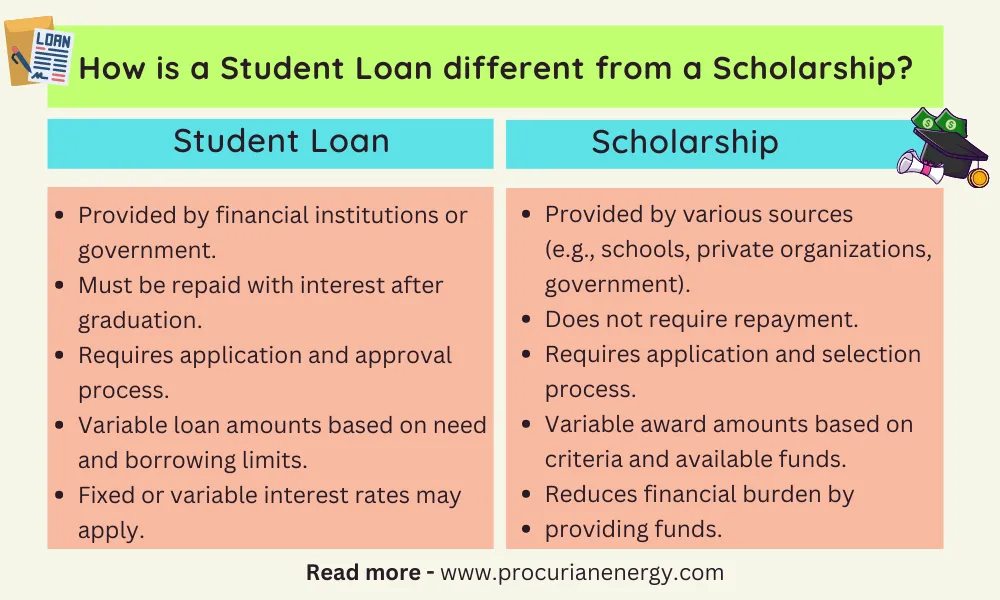Small business loans play a crucial role in supporting business growth and providing the necessary capital for various needs.
When looking for funding, company owners frequently encounter the two main loan types: installment loans and revolving loans.
Small business loans can be either installment loans or revolving credit.
We will examine the distinctions between these two loan arrangements in this blog and go through each one’s benefits and cons.
Difference between Installment Loans & Revolving Loans
| Installment Loans | Revolving Loans | |
|---|---|---|
| Definition | A fixed loan amount is borrowed, which is repaid in regular, equal installments over a specified term. | A credit line is provided to the business, allowing them to borrow funds up to a predetermined credit limit. The borrowed amount can be repaid and borrowed again repeatedly. |
| Structure | Once the loan is approved, the full amount is disbursed upfront to the borrower. | The borrower has access to a pre-approved line of credit and can borrow as much or as little as needed within the credit limit. |
| Repayment | Fixed monthly payments are made towards the principal and interest until the loan is fully repaid. | Minimum monthly payments are required, typically based on a percentage of the outstanding balance. The borrower can choose to pay more than the minimum or fully repay the balance. |
| Interest | Interest is charged on the entire loan amount for the entire loan term. | Interest is charged only on the borrowed amount, and the interest is based on the outstanding balance. |
| Flexibility | Less flexibility as the loan amount is predetermined and cannot be increased. | Greater flexibility as the borrower can borrow and repay multiple times within the credit limit. |
| Renewal | Once fully repaid, a new loan application is required for additional funds. | As long as the borrower stays within the credit limit and makes regular payments, the line of credit remains open for borrowing. |
| Usage | Suitable for financing one-time expenses or specific projects with fixed costs. | Ideal for managing ongoing working capital needs, unexpected expenses, and cash flow fluctuations. |
| Collateral | Installment loans may require collateral to secure the loan. | Revolving loans may or may not require collateral, depending on the creditworthiness of the borrower and the specific terms of the loan agreement. |
| Examples | Business term loans, equipment loans. | Business lines of credit, business credit cards. |
Installment Loans for Small Business
Installment loans are loans that provide a lump sum of money upfront, which is then repaid in fixed amounts over a predetermined period.
These loans typically come with a set repayment schedule and require monthly payments.
The interest rates for installment loans might be either fixed or variable, depending on the conditions agreed upon.
Advantages of Installment Loans:
1. Predictable Cash Flow
One of the key advantages of installment loans is the predictability they offer. With fixed monthly payments, business owners can easily budget their cash flow and plan for the repayment obligations.
This stability allows for better financial management and reduces the risk of unexpected financial strain.
2. Clear Repayment Schedule
Installment loans come with a clearly defined repayment schedule. The predetermined repayment period helps business owners plan and meet their financial obligations.
Consistently meeting repayment deadlines can also help build a positive credit history, which is essential for accessing future financing opportunities.
3. Potential for Lower Interest Rates
Installment loans can offer the advantage of lower interest rates, especially if they come with fixed rates. Fixed-rate loans provide stability and protection against interest rate fluctuations.
However, the interest rate offered may depend on the borrower’s creditworthiness and other factors.
Drawbacks of Installment Loans:
1. Less Flexibility
Installment loans are known for their fixed terms and amounts. Once the loan amount is determined and disbursed, it cannot be adjusted during the repayment period.
This lack of flexibility can be challenging for businesses that require variable funding or unexpected additional capital.
2. Longer Time Commitment
Compared to other loan types, installment loans often come with longer repayment terms. While this allows for smaller monthly payments, it also means a longer time commitment for businesses.
The extended repayment period may limit the ability to make quick financial decisions or adapt to changing business circumstances.
Revolving Loans for Small Business
Revolving loans, also known as lines of credit, offer businesses a flexible borrowing arrangement.
Instead of receiving a lump sum upfront, businesses are granted access to a predetermined credit limit, which they can borrow and repay multiple times.
Interest is charged only on the amount used and businesses can borrow and repay within the agreed-upon limit.
Advantages of Revolving Loans:
1. Flexibility in Borrowing
Revolving loans provide businesses with the flexibility to borrow funds as needed.
This type of loan allows for multiple borrowings and repayments within the set credit limit.
It gives businesses the ability to access capital quickly for various purposes such as inventory restocking or managing cash flow fluctuations.
2. Interest on Amounts Used
One of the significant advantages of revolving loans is that businesses are only charged interest on the amount they actually use.
If a business only borrows a portion of the available credit limit, they will only pay interest on that specific amount.
This feature can potentially result in cost savings if the amount used remains relatively low.
3. Fast Access to Funds
Revolving loans provide businesses with quick access to funds once approved.
This can be particularly valuable in situations where immediate capital is required to seize opportunities or address unexpected expenses.
The ability to tap into the credit line promptly can help businesses maintain operations and capitalize on growth prospects.
Drawbacks of Revolving Loans:
1. Variable Interest Rates
Unlike installment loans, revolving loans often come with variable interest rates.
This means that the interest rate can fluctuate over time, potentially affecting the repayment obligations.
Businesses must be prepared for possible changes in interest rates and understand the impact they may have on their repayment amounts.
2. Uncertain Repayment Schedule
The repayment schedule for revolving loans can vary based on the borrower’s usage.
The timeline for repayment may not be as clearly defined as with installment loans.
Business owners need to exercise disciplined financial management to ensure they meet their repayment obligations on time and avoid potential penalties or negative credit consequences.
loans:
FAQ’s
What is the term for a small business loan?
The term for a small business loan is “microloan“.
Are student loans revolving or installment loans?
Student loans are typically installment loans, meaning they are repaid in fixed monthly installments over a specified period.
Which loans are revolving?
Credit cards and lines of credit are examples of revolving loans, allowing borrowers to repeatedly borrow and repay within a set limit.
Is home loan a revolving loan?
No, a home loan is not a revolving loan. It is a long-term loan typically used for purchasing a property.
What are examples of installment loans vs revolving credit?
Examples of installment loans are mortgages, auto loans and personal loans.
Examples of revolving credit are credit cards and lines of credit.
Conclusion
When considering small business loans, understanding the differences between installment loans and revolving loans is crucial.
Installment loans offer predictable cash flow, clear repayment schedules and potentially lower interest rates.
On the other hand, revolving loans provide flexibility in borrowing, interest only on the amounts used and fast access to funds.
Business owners should assess their specific needs, financial goals and risk tolerance before deciding on the loan structure that best suits their circumstances.
It is advisable to explore available options, seek professional advice and make an informed decision that aligns with the business’s long-term objectives.









